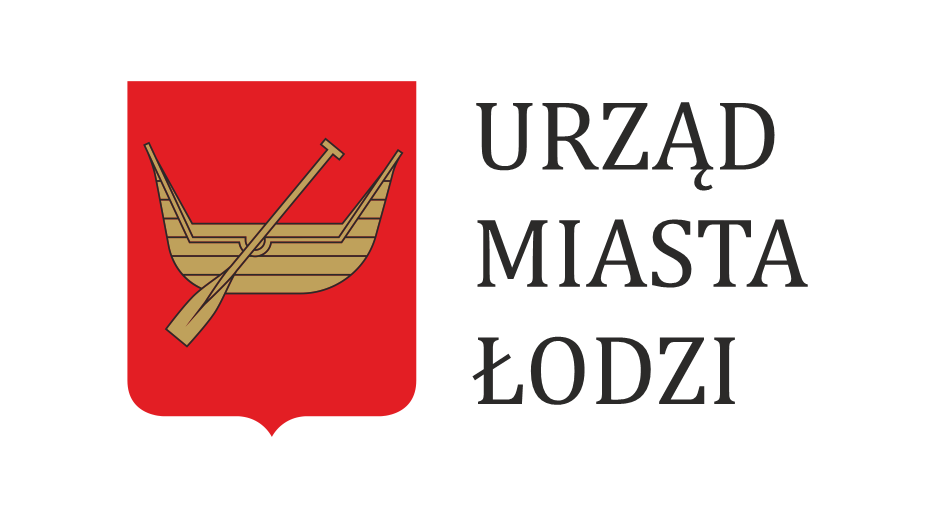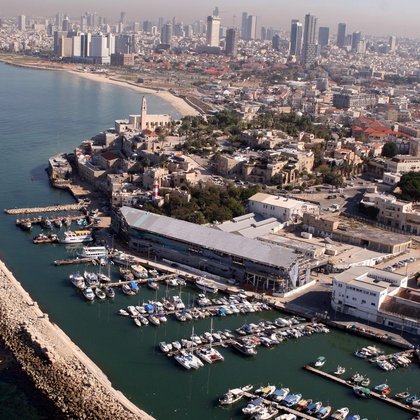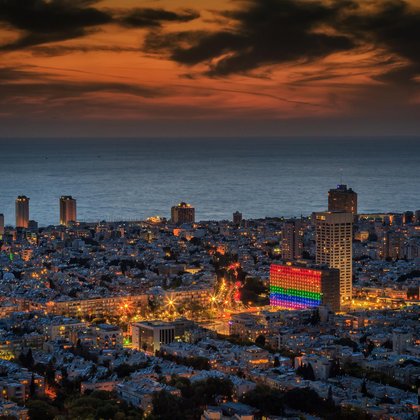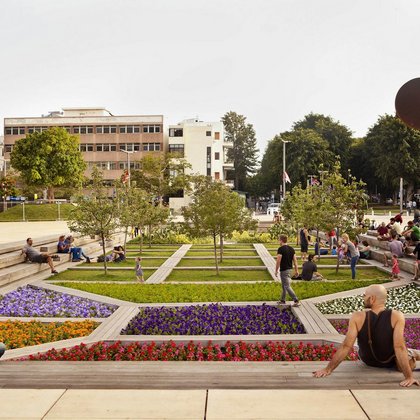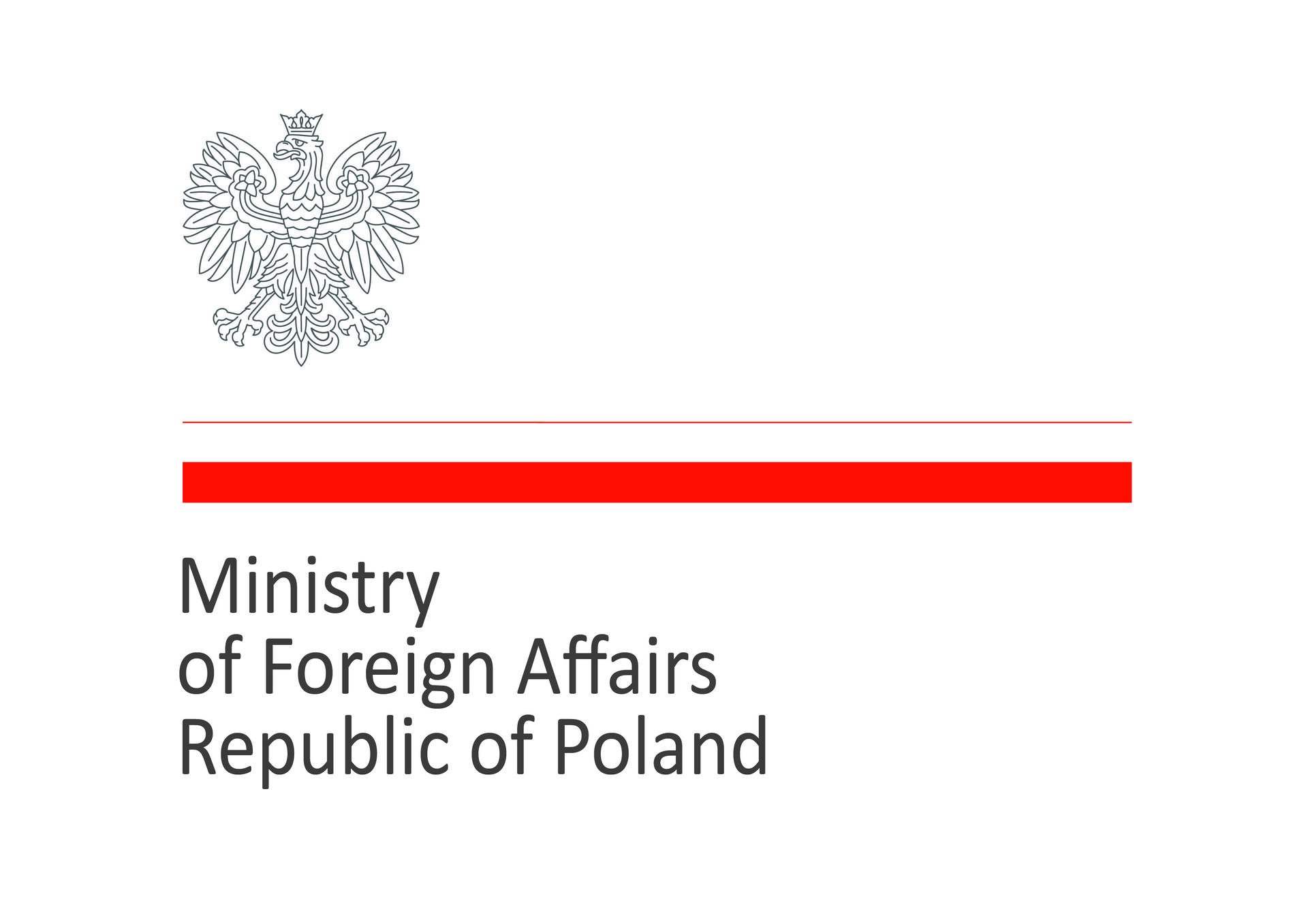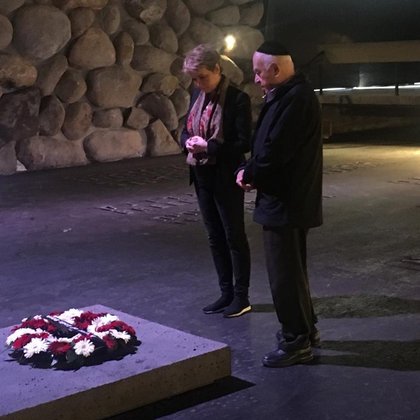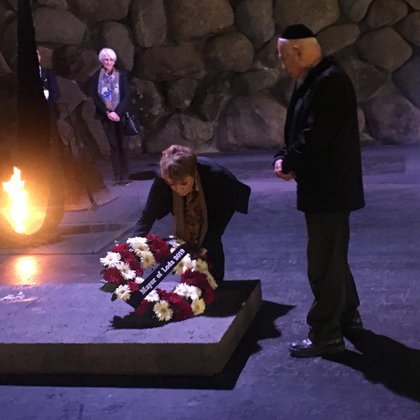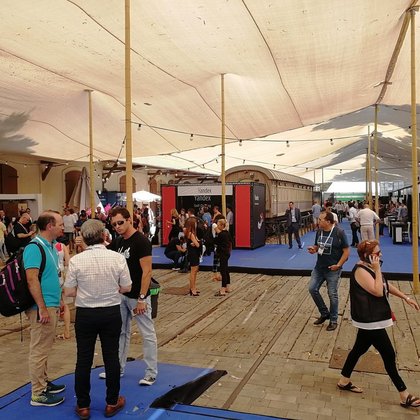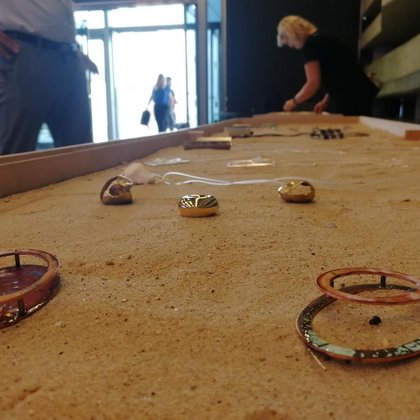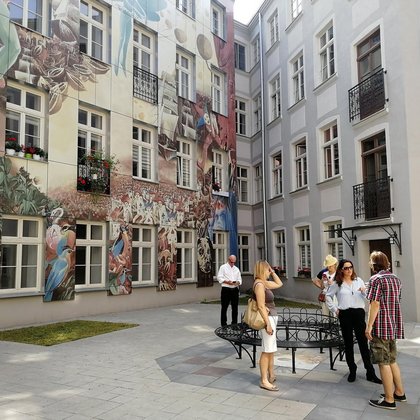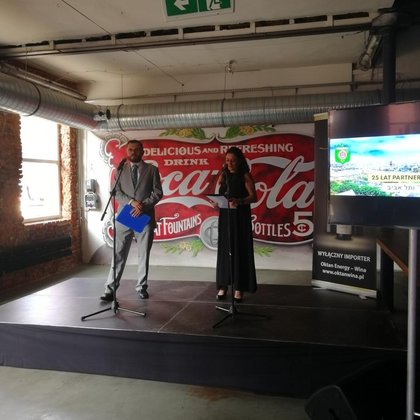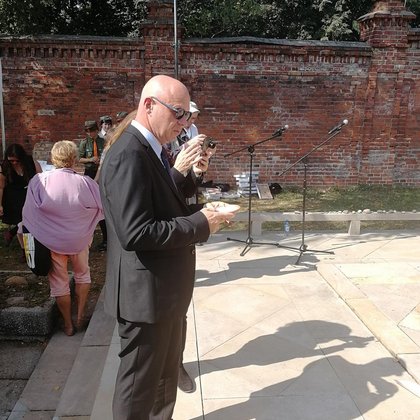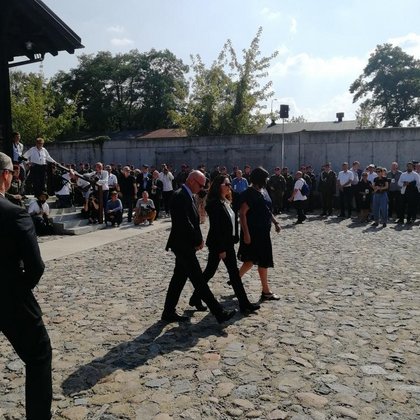Tel Aviv was founded by Jews. In 1908, 5 hectares of sand dunes were bought northeast of Jaffa, on which the Ahuzat Bayit housing estate was built. On 11 April 1909, a second housing estate was established the Nahalat Binyamin. During the year were also built the main streets as well as water supply network and 66 houses. The official name for the new Tel Aviv housing estate was adopted on 21 May 1910.
The city was developing very fast, occupying more and more extensive areas stretching along the sea coast. In 1914 Tel Aviv already occupied over 100 hectares, on which there were several new housing estates. The successful development was interrupted in April 1917, when during the First World War the Turkish authorities expelled Jews from Jaffa. Then the British army entered the war, broke the Turks and occupied the entire province. In 1920 they created the British Palestine Mandate. On 1 May 1921, riots took place in Jaffa. Many Jews due the growing political friction between the Arabs moved to Tel Aviv, whose population had increased from 2 thousand in 1920 to 34 thousand in 1925. In 1934 “Spring Hill” received city rights. The following years brought intensive population growth mainly due the escape of Jews from Europe after the Nazis came to power in Germany. Arab riots in 1936-1939 in Palestine led to the construction in 1938 of new seaport and airport in Tel Aviv.
Right before announcing on 14 May 1948 the Declaration of Independence of the State of Israel, the city’s population reached 200 thousand residents. In April 1949, the old port city of Jaffa was attached to Tel Aviv, creating one urban organism. In 1960, part of the old town buildings were demolished and the first skyscrapers in Israel were built. Among them was the Shalom Meir Tower (34 floors, 142 meters high). It remained Israel’s tallest building until 1999, when the Azrieli Center Circular Tower took over (49 floors, 187 meters high).
